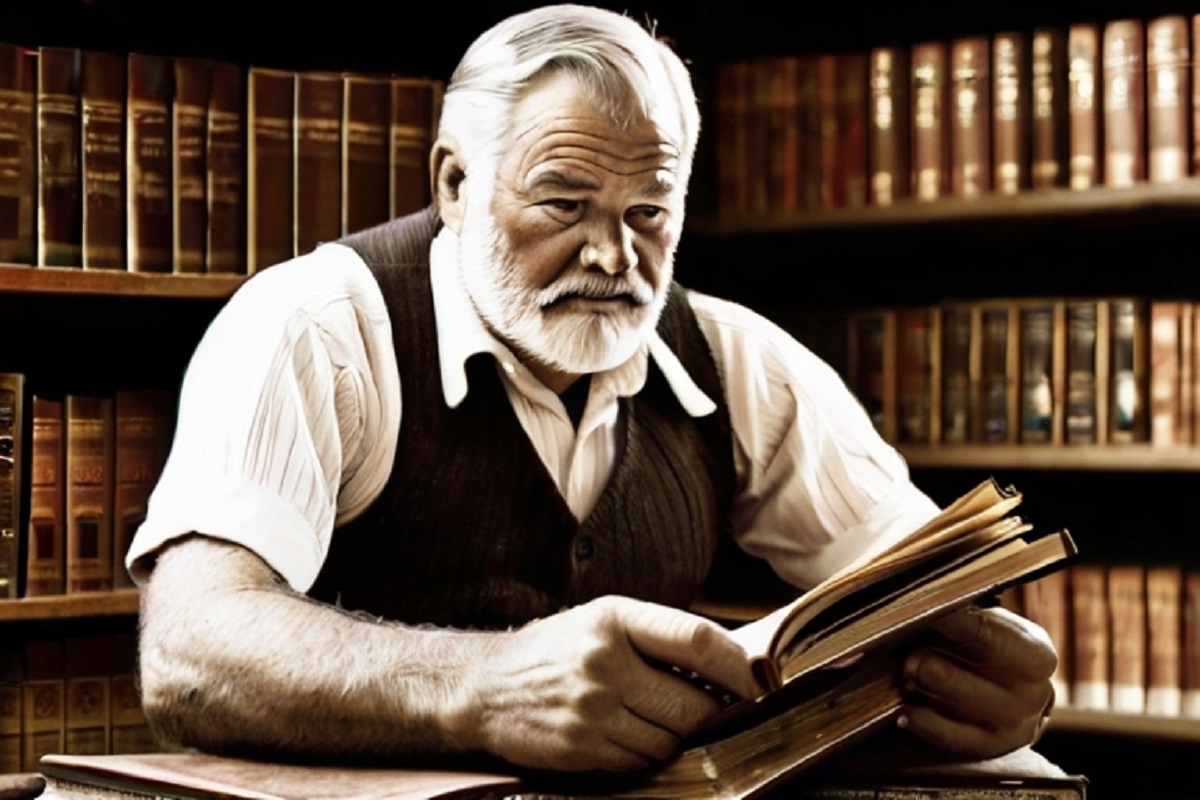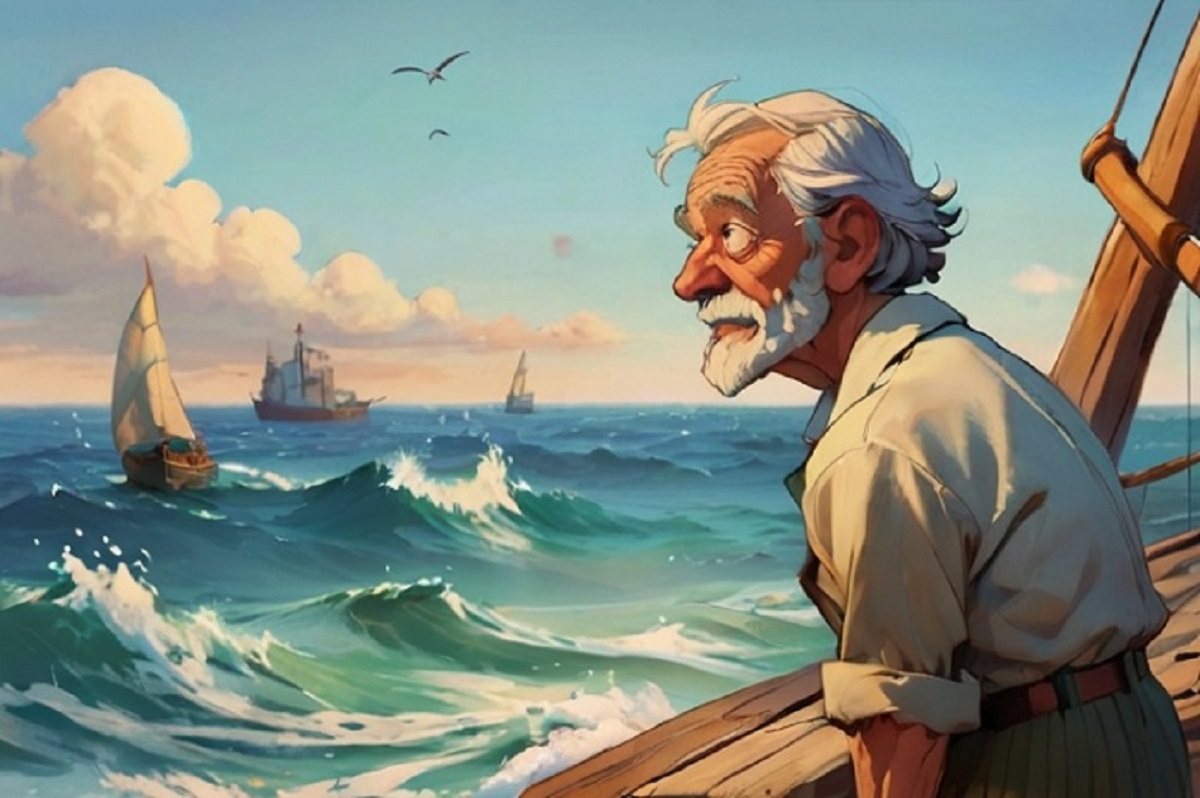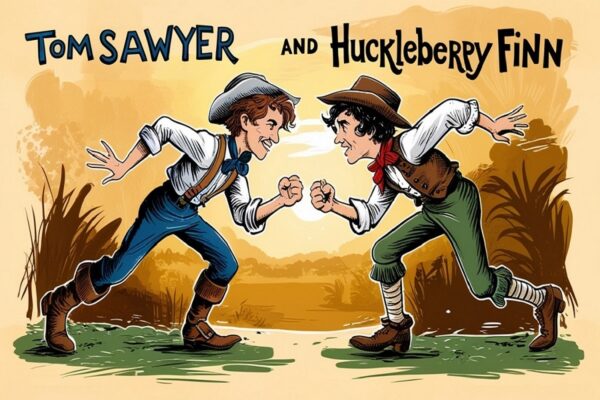Ernest Hemingway is a literary giant known for his minimalist prose. He portrayed war and the human condition in his works and faced censorship. Here’s a closer look at the banned books of Ernest Hemingway and the reasons behind the controversy.

Banned Books of Ernest Hemingway
In the literature world, Ernest Hemingway’s works stand as timeless classics. He is renowned for their raw portrayal of human experience. However, amidst their acclaim, some novels and stories have been targeted by censorship.
Let’s explore the contentious journey of Hemingway’s banned books. It shows the clash between artistic freedom and societal norms.
1. A Farewell to Arms (1929)
Summary: This novel is based on Hemingway’s experiences as an ambulance driver in World War I. It follows Frederic Henry, an American soldier who falls in love with a British nurse, Catherine Barkley. The story depicts the horrors of war, disillusionment, and the loss of innocence amidst the conflict.
Reason for Ban: A Farewell to Arms was banned in Fascist Italy for two main reasons. Firstly, its anti-war themes clashed with the regime’s glorification of military power. Secondly, the portrayal of Italy’s defeat at the Battle of Caporetto was seen as undermining national pride.
Also, the Nazis targeted the book in their infamous 1933 book burnings, labeling it a corrupting foreign influence.
2. For Whom the Bell Tolls (1940)
Summary: The story is set during the Spanish Civil War. This novel tells the story of Robert Jordan, an American volunteer fighting for the Republican forces. The narrative explores themes of loyalty, idealism, and the brutality of war. These were expressed through Jordan’s experiences and complex relationship with a local woman, Maria.
Reason for Ban: For Whom the Bell Tolls has been a frequent target of challenges in schools and libraries across the United States. The graphic descriptions of violence during battles and torture scenes have been cited as reasons for concern. Additionally, some have challenged the portrayal of sexuality between Robert Jordan and Maria. They found it too explicit for younger audiences.
Recommended: Why was Where’s Waldo Banned? Unveil the Mystery
3. The Sun Also Rises (1926)
Summary: This novel captures the disillusionment and aimlessness of a group of American expatriates living in post-WWI Europe. The protagonist, Jake Barnes, is a war veteran grappling with physical and emotional wounds. The story explores themes of loss, love, and the search for meaning in a world shattered by war.
Reason for Ban: In 1953, Ireland banned The Sun Also Rises alongside another Hemingway novel, Across the River and Into the Trees. They stated that it was supposedly indecent content of the books. This likely referred to the novel’s frank portrayal of alcoholism, infidelity, and the characters’ hedonistic lifestyle. These were deemed inappropriate for the time’s social mores in Ireland.
4. Hills Like White Elephants (1927)
Summary: This short story is part of Hemingway’s collection of The Short Stories. It is a masterclass in minimalist dialogue and emotional tension. It depicts a tense conversation between an American man and his girlfriend on a cafe terrace in Spain. The conversation revolves around a woman’s unspoken decision about an abortion. But, the word itself is never mentioned.
Reason for Ban: In 2010, this short story faced removal from a high school elective course due to its portrayal of abortion. The topic is never stated. But, the subtext and implications were seen as inappropriate by some parents. This incident highlights that even small references to sensitive topics can spark censorship.
It’s important to remember that these bans were typically local or school-based, not nationwide.
5. To Have and Have Not (1937)
Summary: The story centers around two main characters. Harry Morgan is an honest fisherman struggling to make ends meet for his family. Francis “Frenchy” Fuller is a wealthy yacht owner with a troubled marriage. The story explores the stark contrast between these two worlds. Harry grapples with his morals as he’s forced to take on illegal work, while Frenchy and his circle indulge in a life of leisure.
Reason for Ban: To Have and Have Not wasn’t banned on a national level, but it faced some challenges in the United States, particularly in the city of Boston. The book contains scenes of violence and brutality, which some readers find excessive and inappropriate. Harry’s descent into criminal activity and the portrayal of morally ambiguous characters challenged traditional notions of right and wrong.
The portrayal of economic disparity and the struggles of the working class made some readers uncomfortable. However, it remains a significant work of American literature. Its raw realism and exploration of complex themes were praised.
Despite the controversies, these banned books of Ernest Hemingway are still seen as classics. They are studied and celebrated for their enduring relevance and artistic merit.
Recommended: Why is Harry Potter Banned in the USA, India, and UAE?



